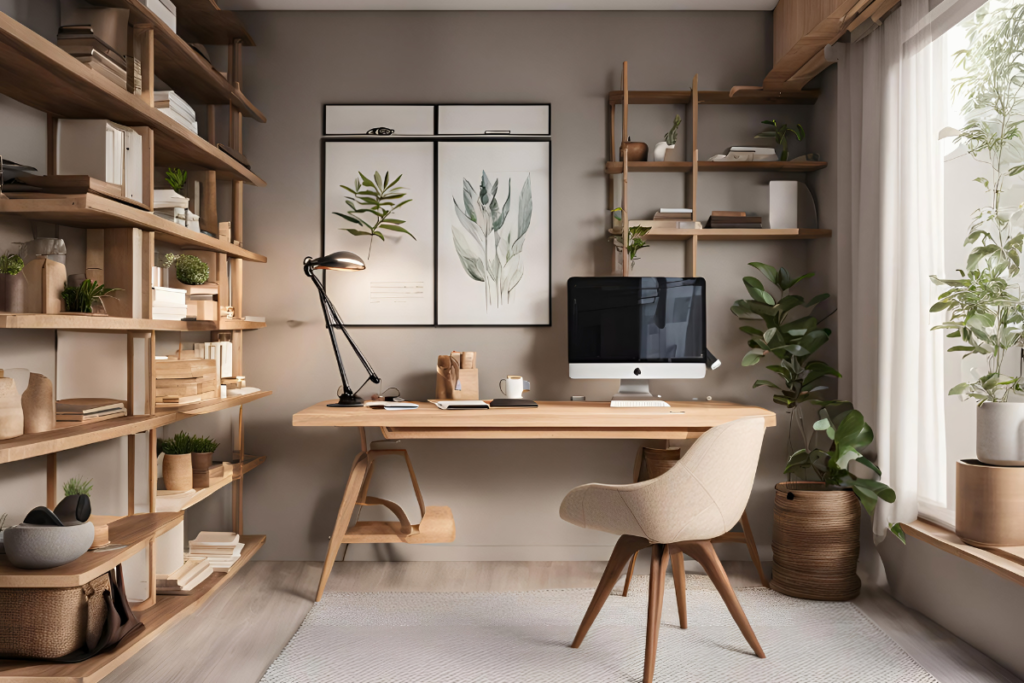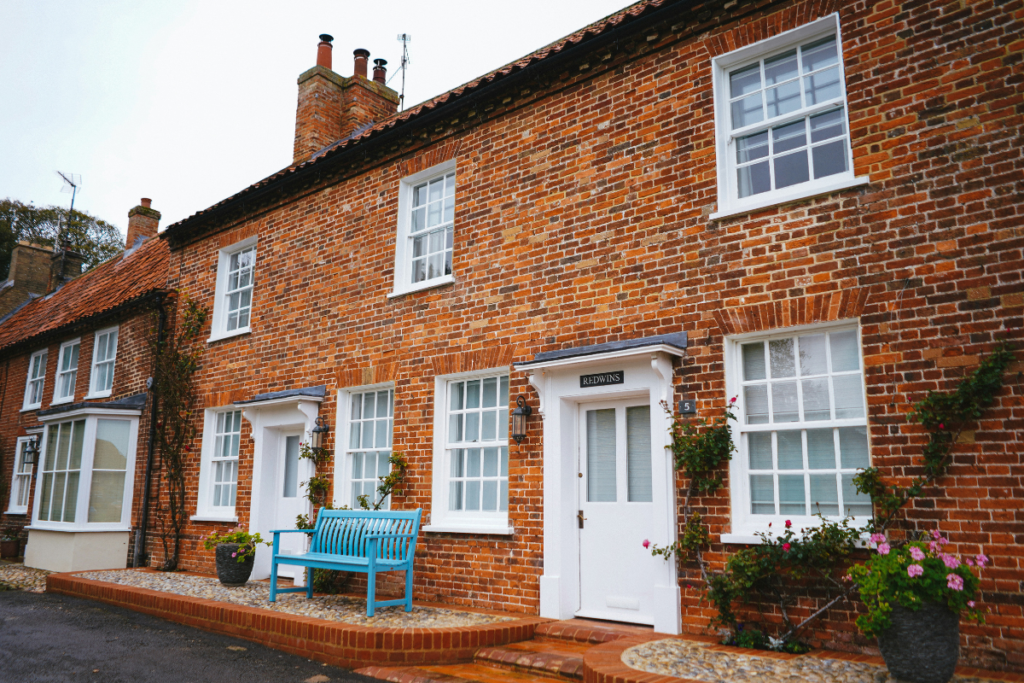When taking out home insurance, one of the most important steps is working out how much your belongings are worth. Underestimating could leave you out of pocket if you need to make a claim, while overestimating could mean paying higher premiums than necessary.
So, how do you accurately calculate the value of your home contents for insurance? In this guide, we’ll walk you through what to include, how to estimate costs, and why contents insurance matters.
Table of Contents
What is contents insurance?
Contents insurance covers the cost of replacing or repairing your personal belongings if they’re damaged, stolen, or destroyed. This includes everything inside your home that isn’t part of the structure—furniture, appliances, clothes, gadgets, and valuables.
Many policies also offer out-of-home cover, which protects items like mobile phones, laptops, and bicycles when you take them outside. If you rent rather than own your home, rental home insurance may include contents cover tailored to tenants.
Items to include in your home contents valuation
When estimating your contents for insurance, you want to be able to cover the full cost of replacing all your possessions. This means considering:
Everyday items
- Furniture (sofas, beds, wardrobes, tables, chairs, bookshelves)
- Kitchen appliances (fridge, washing machine, dishwasher, microwave, coffee machine, kettle, toaster)
- Electrical devices (TVs, speakers, game consoles, home assistants, smart home devices)
- Clothing and footwear (designer items, winter coats, specialist workwear)
- Home décor (rugs, curtains, lamps, mirrors, ornaments)
- Kitchenware (pots, pans, cutlery, crockery, glassware, high-end knives)
- Bedding and linens (mattresses, duvets, pillows, towels)
High-value belongings
- Jewellery and watches (rings, necklaces, engagement/wedding rings)
- Laptops, tablets, and smartphones
- Bicycles (including electric bikes and accessories)
- Musical instruments (guitars, pianos, drum kits, violins)
- Sports equipment (golf clubs, skis, surfboards, home gym equipment)
- Designer handbags and accessories (luxury brand bags, belts, sunglasses)
Collectibles and sentimental items
- Antiques and heirlooms (old furniture, silverware, historical artefacts)
- Artwork and designer goods (paintings, sculptures, limited-edition prints)
- Coin or stamp collections
- Rare books and first editions
- Memorabilia (autographed items, sports jerseys, movie props, figurines)
Home office and work equipment
- Office furniture (desks, chairs, bookshelves)
- Monitors, printers, external hard drives
- Specialist tools and equipment for remote work (drawing tablets, photography gear, DJ equipment)
Out-of-home valuables
- Camping and outdoor gear (tents, hiking boots, GPS devices)
- Car accessories (sat-navs, roof boxes, dash cams)
- Baby and child equipment (prams, car seats, high chairs)
- Gardening tools and machinery (lawnmowers, hedge trimmers, power tools)
It’s easy to overlook smaller or older possessions, but the cost of replacing everything at once can add up quickly. Regularly review your home insurance policy to make sure your cover reflects the value of your belongings.

Tips for estimating the value of your possessions
Step 1: Make a home inventory
Go from room to room and list everything you own. Include a rough estimate of each item’s cost, and where possible, keep receipts or proof of purchase.
There are several home inventory apps available that can help you log and track the value of your home contents for insurance.
Step 2: Use replacement value, not original cost
Insurance covers the cost of replacing your items with new equivalents, not what you originally paid. If you bought a TV for £500 five years ago, it may now cost £700 to replace with a similar model.
Step 3: Check recent prices for valuable items
Jewellery, antiques, and electronics can change in value over time. If you own expensive items, consider getting an up-to-date valuation, especially if they appreciate in worth.
Step 4: Add out-of-home cover for portable items
If you regularly carry valuable items like laptops, watches, or bicycles outside, check whether your policy includes out-of-home protection. This cover is particularly useful for those who travel frequently or use high-value equipment for work.
Why accurate estimates matter
Over estimating the value of your possessions could lead to higher home insurance premiums, while underestimating could leave you unable to replace lost or damaged items.
Underinsurance is a common problem, and some insurers apply “average clauses” to claims. This means that if your total insured amount is lower than the actual value of your contents, your payout could be reduced proportionally.
For example, if your home contents are worth £40,000 but you’ve only insured them for £30,000, your insurer may only pay 75% of any claim.
Special considerations for high-risk areas
If you live in an area prone to flooding or theft, your insurance costs may be higher.
Properties in flood-prone zones should consider flood insurance, as some standard home insurance policies may not cover damage caused by rising water levels.
Security measures like burglar alarms, smart locks, and safes can help lower costs by reducing the risk of theft-related claims.
Choosing the right insurance provider
Different insurers offer varying levels of cover, so comparing home insurance providers can help you find a policy that best suits your needs. Some may include extras like accidental damage or bicycle theft cover, while others may charge extra for these features.
Whether you’re insuring a new home or updating an existing policy, taking the time to accurately estimate your home contents for insurance can save you money and hassle in the long run.
Final thoughts
Properly estimating the value of your possessions makes a huge difference when it comes to home insurance.
Creating a detailed inventory, keeping track of valuations, and checking whether out-of-home cover is needed can all help you avoid underinsurance.
If you’re unsure whether your current cover is enough, take a moment to review your home insurance policy and update it as needed.
Taking these small steps now could save you a financial headache later.
Get a policy that meets your needs
We’ve partnered with some of the UK’s top home insurance brokers to give you the best possible choice.



